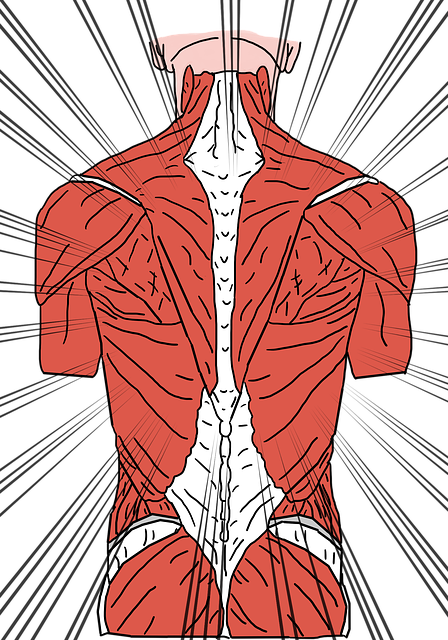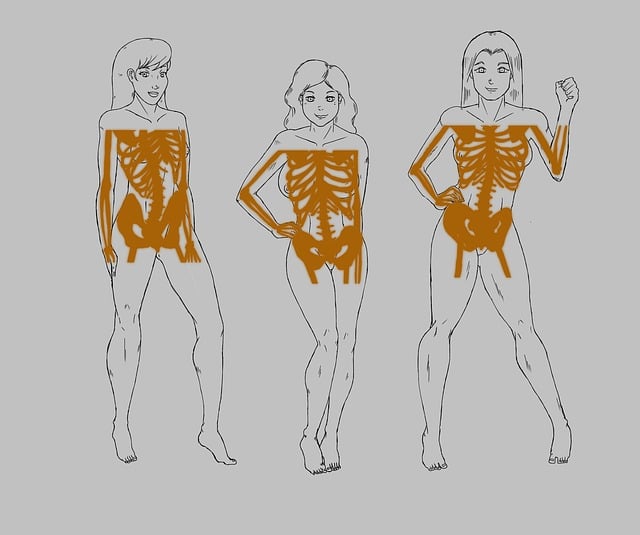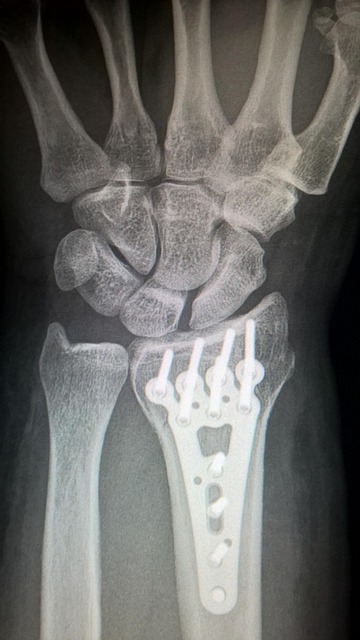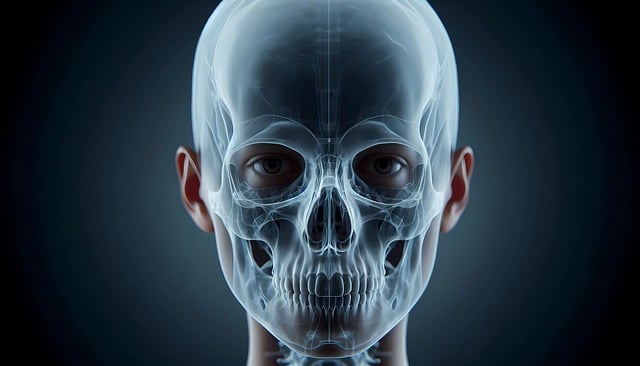Digital motion x-rays transform auto injury diagnosis by capturing dynamic spinal movement, revealing subtle abnormalities associated with whiplash and other conditions early. This technology enables accurate assessments, personalized treatment plans including targeted exercises, and progress tracking for enhanced patient outcomes.
Whiplash, a common injury from car accidents, can be challenging to diagnose accurately. Traditional imaging methods often fail to capture the subtle changes in the spine caused by this condition. However, digital motion X-rays have emerged as a revolutionary tool in auto injury diagnosis. This advanced technology enables healthcare professionals to detect whiplash by visualizing spinal motion and identifying abnormalities. By understanding whiplash and utilizing digital motion X-rays effectively, patients can receive accurate diagnoses and appropriate treatment strategies.
- Understanding Whiplash and Its Impact
- Digital Motion X-Rays: A Revolutionary Tool
- Accurate Diagnosis and Treatment Strategies
Understanding Whiplash and Its Impact
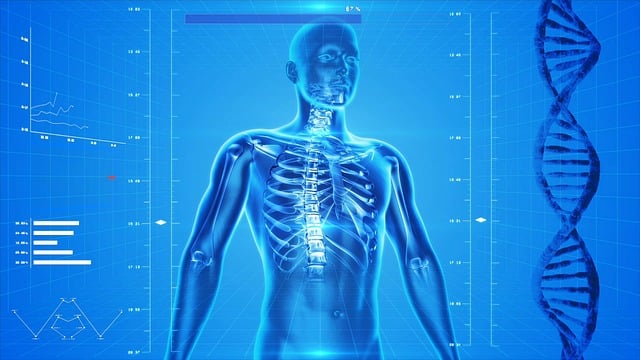
Whiplash is a common yet potentially serious condition resulting from sudden and forceful neck movements, often experienced during car accidents or similar traumatic events. It affects the soft tissues in the neck, including muscles, ligaments, and tendons, leading to symptoms such as pain, stiffness, headaches, and even dizziness. The impact of whiplash can be significant, causing both immediate discomfort and long-term health issues if left undiagnosed and untreated.
Digital motion x-rays have emerged as a valuable tool in the diagnosis of auto injuries, including whiplash. Unlike traditional static x-rays, digital motion x-ray technology captures dynamic images of the body in motion, providing detailed insights into muscle and joint functionality. This innovative approach allows healthcare professionals to assess the subtle changes and abnormalities associated with whiplash, enabling more accurate and timely treatment plans for those affected by this condition.
Digital Motion X-Rays: A Revolutionary Tool

Digital motion x-rays are transforming the way auto injury diagnoses are made, offering a revolutionary tool in the field of medical imaging. This cutting-edge technology goes beyond static X-ray images by capturing and analyzing the dynamic movement of the spine during various activities, such as bending or twisting. By doing so, it provides doctors with invaluable insights into potential whiplash injuries that might otherwise be overlooked.
In the context of auto accidents, digital motion x-rays can detect subtle abnormalities in spinal alignment and muscle response, enabling more accurate assessments of neck and back injuries. This advanced capability ensures that patients receive appropriate treatments tailored to their specific conditions, enhancing recovery outcomes. For healthcare professionals, these digital images serve as a powerful ally in navigating the complexities of auto injury diagnoses, ultimately benefiting patients seeking care for whiplash-related issues.
Accurate Diagnosis and Treatment Strategies
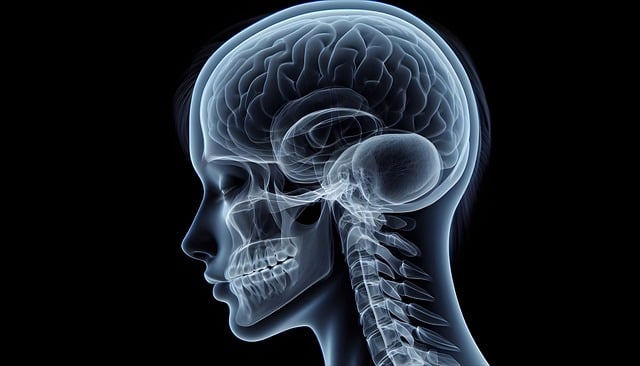
The utilization of digital motion x-rays has become a game-changer in accurately diagnosing whiplash and other auto injury-related conditions. Unlike traditional static x-rays, these advanced imaging techniques capture the dynamic nature of the spine and joints during movement, providing a more comprehensive view of the injured area. This technology enables healthcare professionals to detect subtle abnormalities that might be missed by conventional methods, leading to early and precise identification of whiplash injuries.
With accurate diagnosis comes effective treatment strategies. Digital motion x-rays facilitate personalized treatment plans by offering detailed insights into the mechanics of the injury. This allows healthcare providers to recommend specific exercises, manual therapies, or other interventions tailored to address the patient’s unique needs. Moreover, these imaging tools enable progress tracking, ensuring that treatments are working as intended and facilitating prompt adjustments when necessary, ultimately contributing to better outcomes for patients suffering from auto injuries.
Digital motion x-rays have emerged as a game-changer in auto injury diagnosis, particularly for whiplash. By providing detailed insights into muscle and joint movement, these advanced imaging techniques enable healthcare professionals to accurately assess and treat whiplash injuries more effectively. In light of the above, embracing digital motion x-rays for auto injury diagnosis can significantly enhance patient outcomes and streamline treatment strategies.



